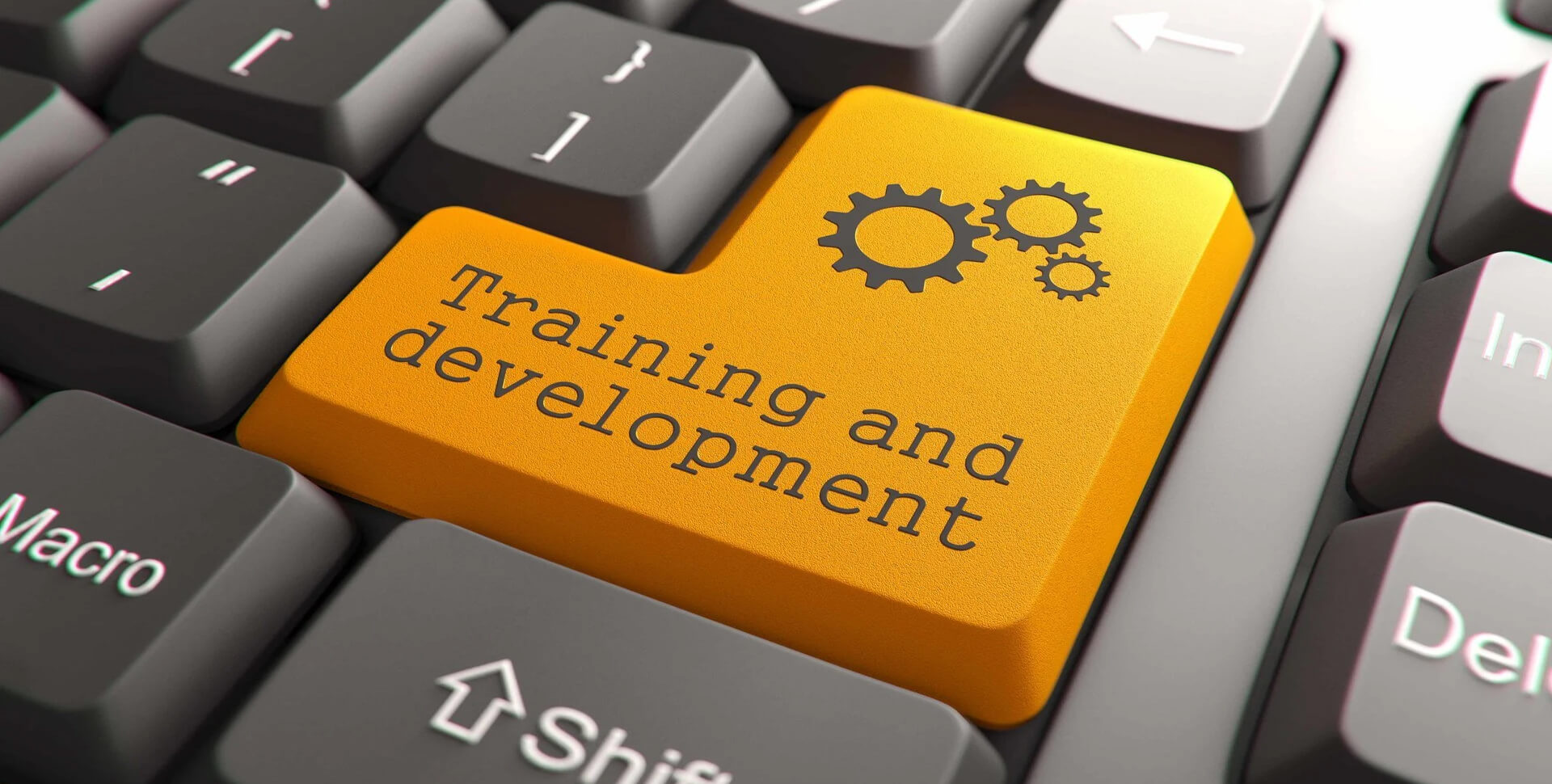
Michalis Tzortzakis
Your own platform of success in the area of lifelong training…
FurtheUpdate has the pleasure of visiting the offices of Flexlearn Business Solutions in Athens- a company that focuses on the quality of training services – meeting Michalis Tzortzakis, CEO, who answered our questions.
Covid 19 gave rise to new methods of communication and professional training used by companies worldwide. In a few words, could you tell us something about them?
Michalis Tzortzakis: Digital forms of communication and training existed before the outbreak of Covid 19, but they were not used systemically, either because companies did not offer access to all their staff, or users were not familiar with the use of digital platforms for tele-working or distance learning, and as a result found them difficult to use.
Today, these two problems have been resolved almost entirely, and at the same time tele-working and distance communication applications have developed in a very short timespan, in order to adapt to market demands, and to become faster, safer and more user-friendly.
In the field of professional training, there are namely three types of methodology used.
One form of training is synchronous training – a method that follows the model of traditional teaching, the only difference being that the instructor and the trainee are not required to be in the same physical environment, but are able to meet in a digital room, allowing for the parties to be in different geographical locations.
Synchronous training demands that both the instructor and trainee be present, not in a specific place, but at a specific time. The only requirement is that the parties have access to a device, such as a PC, as well as an internet connection. Instructors and trainees have the opportunity to exchange views in addition to training material.
The second type of learning is asynchronous, which is a specialized, more personalized form of training and is aimed at trainees who are unable to take part in a group program which has a specific schedule, either due to geographical constraints, time limitations, or their personal preferences.
Oftentimes, adult learners are able to work to the best of their ability when they are self-motivated, and are not in constant need of guidance from an instructor in order to complete their tasks.
Asynchronous learning allows the individual to create their own training schedule, wherever and whenever they are able to, and manage their learning material, implementing their training with flexibility and freedom of movement.
The third method is the so-called blended learning, which is the most contemporary method of education, combining both traditional and digital learning.
Blended learning combines the use of technology with traditional teaching, while the content is configured so that the training can meet each individual’s learning methods and needs.
What do you believe should be the role of lifelong training in businesses in the present day?
Michalis Tzortzakis: The business environment is constantly changing and developing, technology is rapidly evolving, and companies are seeking for staff focusing more on their skills rather than their experience in a specific role or domain.
Research shows that companies which invest in lifelong learning attract and maintain their workforce for longer.
Reskilling and upskilling is the result of effective management of lifelong training and is without a doubt a vital prerequisite for the smooth operation of a company.
Thus, it can be seen that the role of the Head of Learning is formed, and acquires a strategic importance for the future of every company.
Could you tell us more about learning platforms?
During the last few years, e-learning platforms have been supporting HR in their role, offering new possibilities in learning management while ensuring high quality throughout.
We are proud to have contributed in this direction by developing Flexlearn LMS, our training platform that creates the digital environment needed for all forms of training – traditional classroom training, blended or digital training – synchronous or asynchronous.
Flexlearn LMS offers the opportunity to organize the training content, course management and trainee evaluations, while offering a range of communication and collaboration tools.
At the same time, our platform is easy to personalize, while being safe for the learner and user-friendly. It does not require investment in specialized equipment, infrastructure, and human resources, and it offers a high degree of control at the management level.
We are very pleased as a team to see organizations of a small and larger scale trusting us and using FlexlearnLMS. Furthermore, we feel a duty to continually improve it, following the international trends and technology features as well as the growing needs of the organizations and their people.


